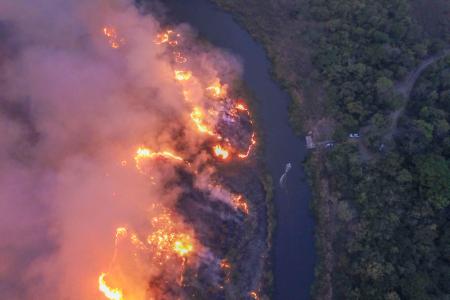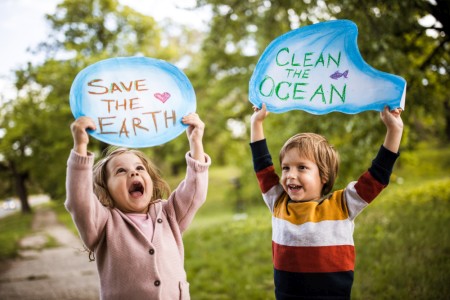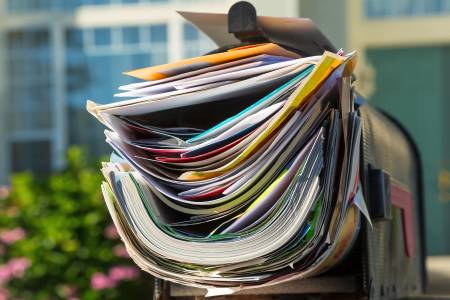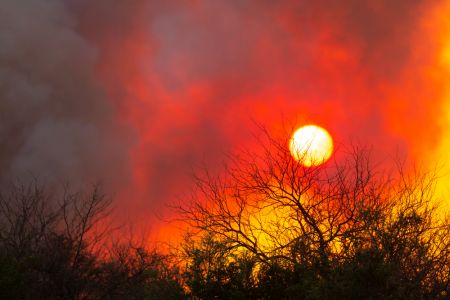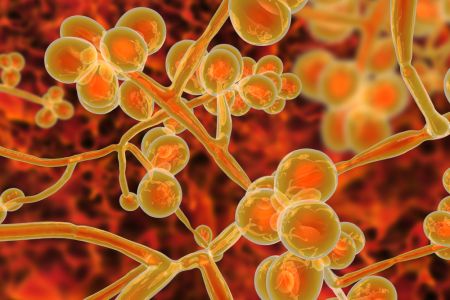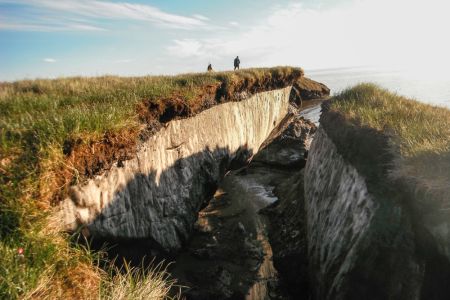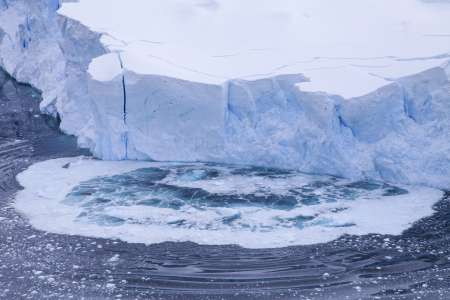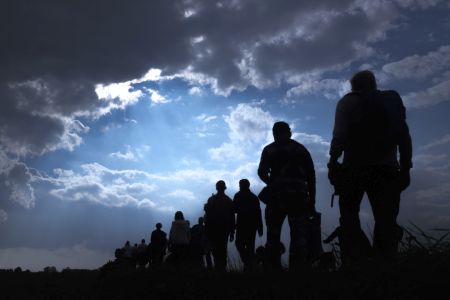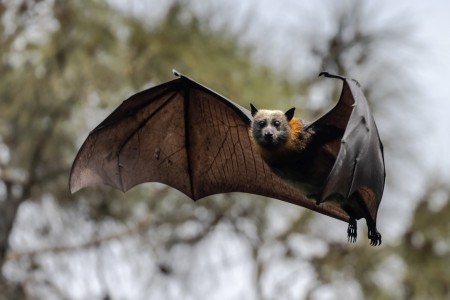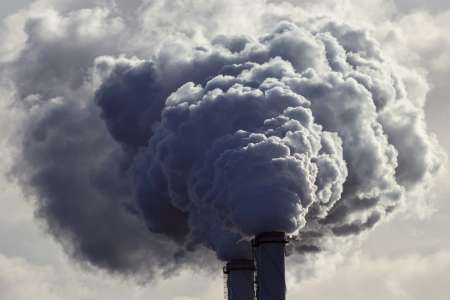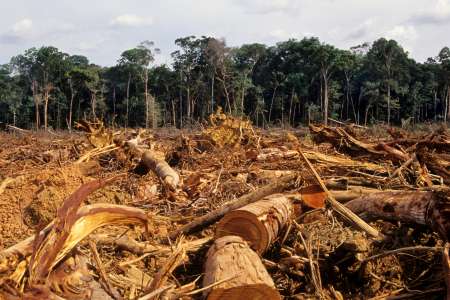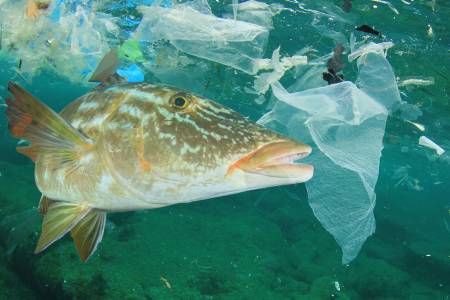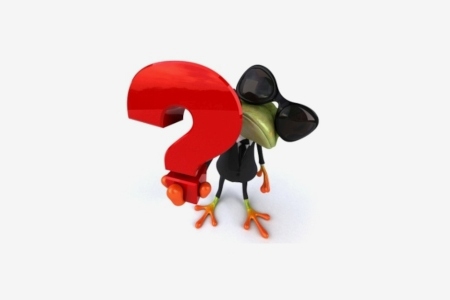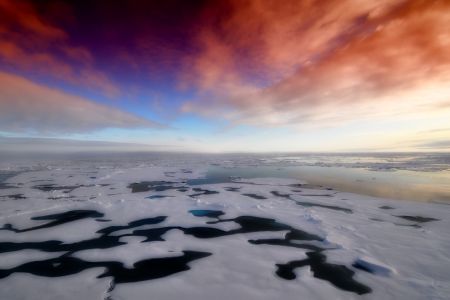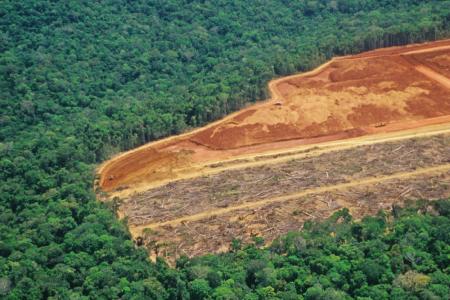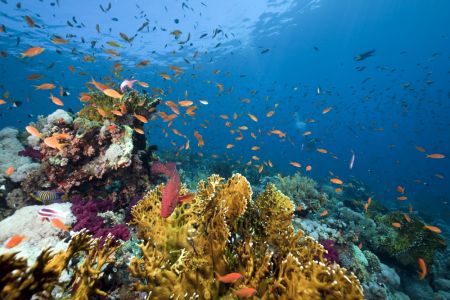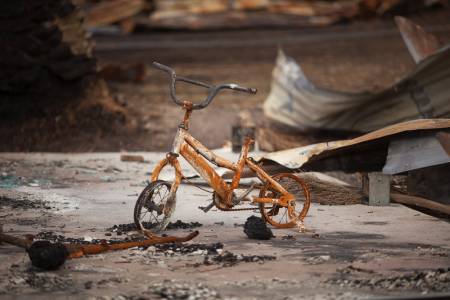Discover the Criteria for Threatened and Endangered Species
Understand the meaning of threatened and endangered species is a first step to helping protect species that play a crucial role in maintaining the balance of our ecosystems and contribute to the overall health of our planet.
06/17/2024
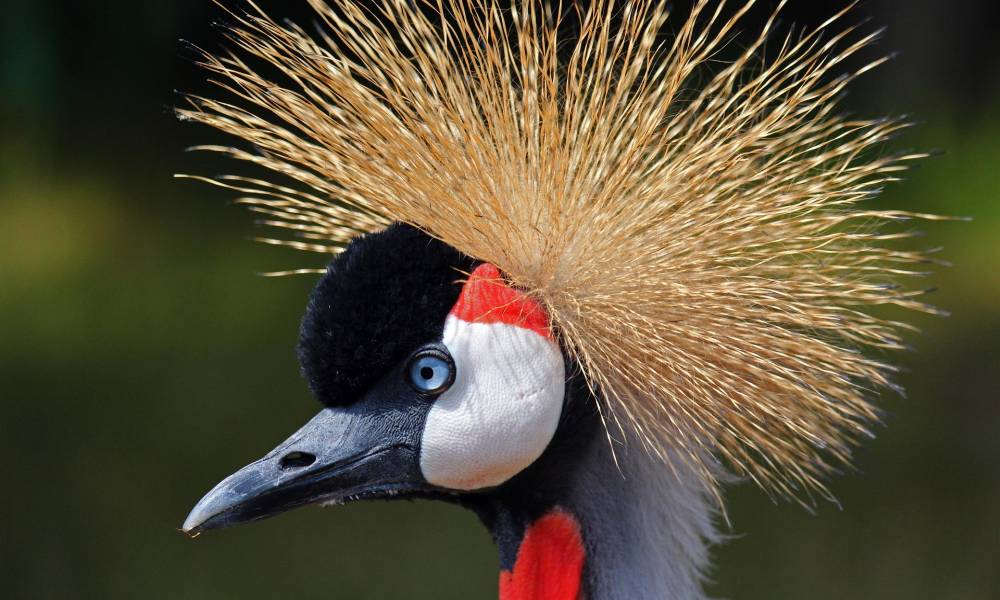
What Are Threatened Species?
According to The Endangered Species Act (ESA), legislation which Congress enacted in 1973, a threatened species is any species “which is likely to become an endangered species within the foreseeable future throughout all or a significant portion of its range.” In other words, a threatened species is an animal, plant, or fungus that will become endangered in the future within their range because of habitat loss, hunting, pollution, climate change, and other factors.
As defined by the International Union for Conservation of Nature Red List (IUCN 2024), based on the population size and trends risks to a species, the group threatened species is divided into three categories: critically endangered, endangered, and vulnerable.

Different threat levels of species. CC BY 2.5. Peter Halasz via Wikimedia Commons
Critically Endangered (CR): Species face an extremely high risk of extinction in the wild.
Endangered (EN): Species face a very high risk of extinction in the wild.
Vulnerable (VU): Species face a high risk of extinction in the wild.
The goal of these categorizations is the effective allocation of conservation efforts in order to prevent a species from declining into becoming endangered or extinct.
Endangered Species Are at Risk
Beginning with being classified as vulnerable, a species needs more resources and a plan to prevent it from dropping to lower levels, such as endangered or critically endangered. According to The Endangered Species Act (ESA), when a species of plant, animal, or fungus is “which is in danger of extinction throughout all or a significant portion of its range” If risks continue to accumulate and populations decrease, the species will descend into the endangered category.
The International Union for Conservation of Nature (IUCN), using a vast number of local and global metrics, identifies and categorizes endangered species, with the goal of protecting them from further decline. After determinations are made, national and local communities develop laws, regulations, and programs to be used in conservation efforts that address climate change, pollution, critical habitat loss, and other needs. Programs created with the goal of saving endangered species from extinction, such as the United States Endangered Species Act (ESA), which lists endangered species that need to receive protection and support from the federal government.
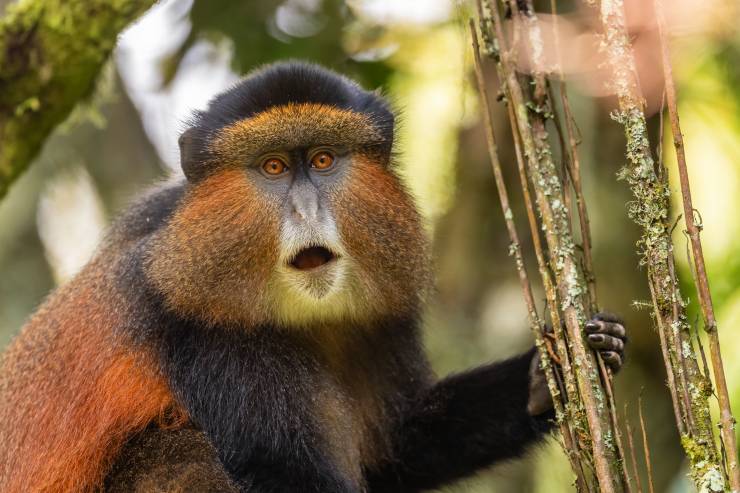
The population of this beautiful Golden monkey (Cercopithecus kandti) is decreasing and in 2017, it was assessed for The IUCN Red List of Threatened Species, under the Endangered category. Image by DHDeposit18/Depositphotos
Protecting Threatened Species Is Vital to Biodiversity
All species are interdependent on one another, and protecting threatened species is critical because of the essential roles each plays in maintaining biodiversity. Our dependency on healthy ecosystems and biodiversity cannot be overstated! Just as all other species depend on one another, we humans require the services others provide for our welfare. A partial list of those that healthy biodiversity provides include:
- Availability of food, raw materials, and medicines;
- Regulation of climate and water quality;
- Cultural and aesthetic benefits;
- Support for scientific research, recreation, and tourism;
- Economic benefits;
- Security benefits derived from biodiversity’s role in ecosystem resilience and stability;
- Mitigation of risks from natural disasters and climate change.
The effects of threats to biodiversity can be devastating; for example, the loss of just one keystone species can cause an entire ecosystem to collapse and have a huge negative impact on the environment and the other species (including humans) that had relied on it for food or shelter. Furthermore, many threatened, and endangered species have cultural and spiritual value, and preserving these species also helps to keep the evolutionary history of life on Earth alive, ensuring that future generations will have the opportunity to enjoy and benefit from our healthy Planet Earth.
You Can Help to Protect Them
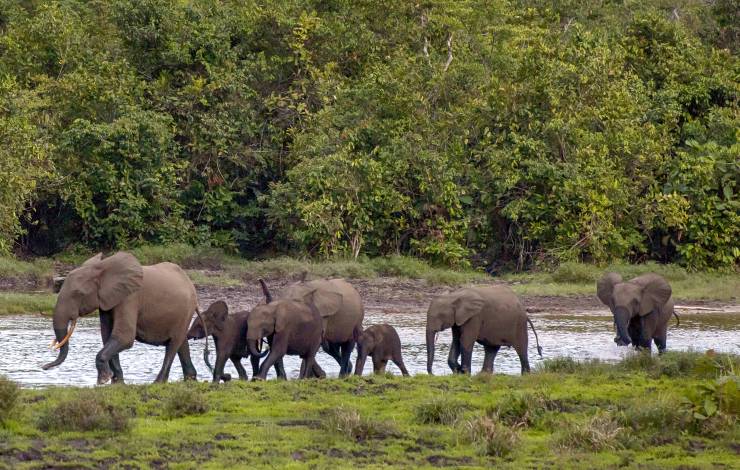
Critically endangered African Forest Elephants, Odzala National Park, Congo. iStock.com/Guenterguni
You can help protect threatened species and contribute to their conservation in many ways. The list is long, but you can choose from some of the options below. Remember, every small effort counts and collective actions are much more powerful than individual ones.
Please DO
- Reduce, reuse, and recycle to decrease the amount of waste and pollution that harms wildlife and their habitats;
- Support conservation organizations that work to protect threatened and endangered species;
- Be a responsible consumer by avoiding products made from endangered animals and plants;
- Reduce your carbon footprint to help mitigate the effects of climate change on wildlife;
- Take part in local conservation efforts, such as planting native species in your area to support wildlife;
- Support sustainable practices such as organic farming that reduce habitat destruction and pollution;
- Be a responsible traveler by avoiding activities that harm wildlife;
- Spread awareness about the importance of conservation and the dangers wildlife face;
- Become involved in citizen science programs that collect data on threatened and endangered species;
- Make your property more wildlife-friendly by creating a backyard habitat and providing food and water for birds and other animals.
Please DON’T
- Hunt, trap, or poach threatened and endangered species;
- Remove or collect at-risk species from the wild;
- Buy or sell products made from threatened or endangered species;
- Disturb or destroy natural habitats;
- Introduce non-native species into areas that are critical to species survival;
- Pollute or degrade the environment;
- Support illegal activities or pet trade in threatened or endangered species;
- Ignore laws and regulations that protect species;
- Discourage conservation efforts or support groups that do;
- Spread misinformation or false information about threatened and endangered species.
As individuals, we all need to do our part, but leaders’ role in the fight to preserve our planet as a habitable world is equally important. We will protect the planet by electing leaders who share our visions and hopes for a habitual, sustainable world.

